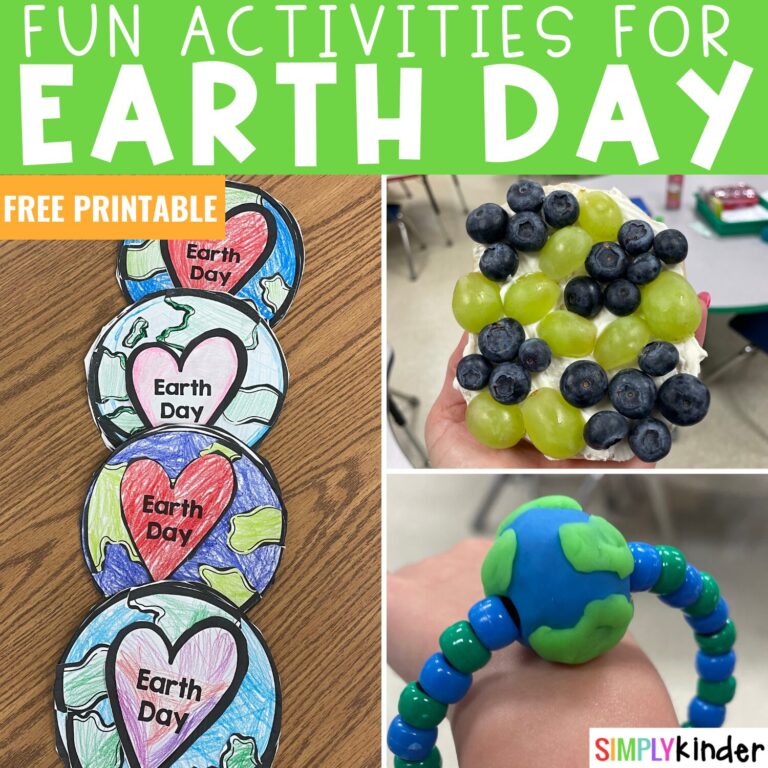
Home » Science of Reading Definitions for Teachers
Are all of the Science of Reading terms and definitions confusing you? There are so many terms and phrases being mentioned while discussing the science of reading that were never taught in college or professional development sessions. We thought it would be helpful to break it all down here for you. Get your science of reading definitions for teachers here!
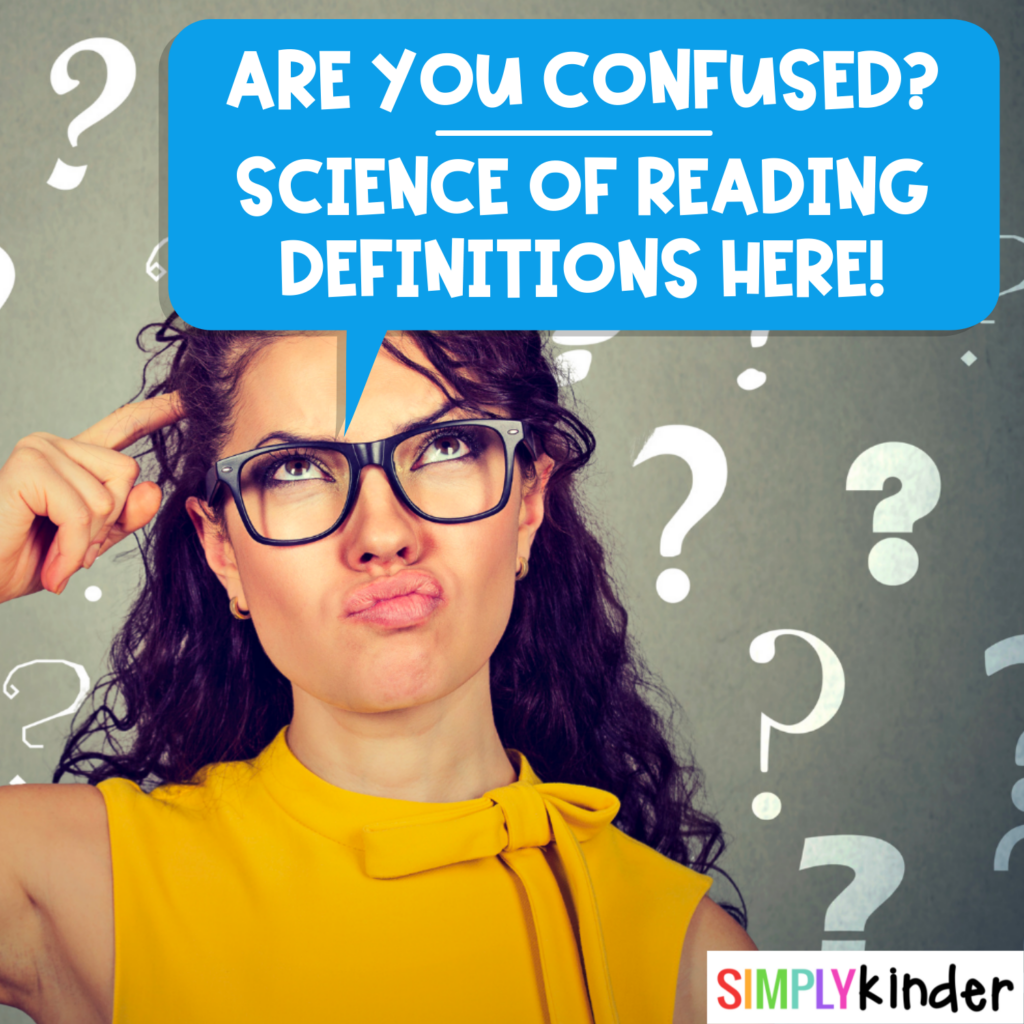
Keep reading to get Science of Reading definitions for teachers. A comprehensive list of terms and explanations created just for teachers!
This activity goes well with these resources:
Science of Reading (SoR): The body of work that reading experts, including researchers and scientists, have discovered on how we learn to read.
Balanced Literacy: This approach to reading is sometimes called whole language. The focus is on meaning and being strong in certain skills can make up for being weak in other skills and still produce readers. This approach has the reputation that if you give the students good books and teach them strategies such as looking at the pictures or using context they will learn to read.
Structured Literacy: This approach focuses on systematic, explicit instruction in all of the parts of reading. There is a heavy focus on decoding skills, teaching students the rules of our language so they can apply them when they are reading independently. This approach relies heavily on the continued body of research with learning to read.
Phonemic Awareness: The understanding that a word is made up of a series of discrete sounds. Many teachers think that phonemic awareness should not include print and only sounds, but there is some talk about there not being any research to support this theory so it is something you could definitely look more into.
Phonics: The relationships between the letters of written language and the sounds of spoken language. The goal of phonics instruction is to teach students the most common sound-spelling relationships so that they can decode, or sound out, words. This is the connection of oral to print.

Word Wall: A collection of words displayed on a bulletin board typically organized alphabetically and includes sight or high-frequency words and sometimes vocabulary.
Sound wall: Display to help match articulation of speech sounds/phonemes to the letters/graphemes that represent those sounds. These sounds are organized in a way that matches their characteristic in how they are made.
Phoneme: The individual sounds that make up words. Some letters have more than one phoneme (e.g., long and short vowel sounds). Some phonemes can be represented by more than one letter (for example, a /k/ sound can be written with the letter C or the letter K, or even CK).
Grapheme: This is a symbol to represent a phoneme (or sound). This can be one letter or multiple, it just has to make a sound.
Virgules: The slash marks used to indicate a sound in print. So the /’s in /s/ are the virgules.
Breve: The curved line that goes above short vowels to indicate that they are short vowels. Breves is added in the text by inserting Latin symbols (they are preloaded into the symbols system on your computer most likely).
Macron: This is the straight-line above a word that indicates that letter makes a long vowel sound. To make a macron you can use the same symbol method above or on your computer you may be able to just hold down the letter you want and a menu will appear that has that option.
Stop: A sound characterized by a puff of air caused by blocking part of the mouth. These sounds can not be stretched. An example would be the sound /b/.
Nasal: A sound characterized by it going through the nose. An example is the sound /m/.
Fricative: A sound characterized by friction from either the lips, tongue, teeth. An example would be the sound /f/.
Affricate: A sound characterized by starting by blocking part of the mouth (a stop) and ending with friction from the lips, tongue, or teeth (a fricative). An example is the sound /j/.
Glide: A sound characterized by gliding from one phoneme to another. An example is the sound /w/.
Liquid: A sound characterized by the tongue creating a partial closure of the mouth with a stream of air pushing the sound out. An example is the sound /r/.
Voiced Sounds: Require the use of the vocal cords to produce their signature sounds such as /b/, /d/, /e/. With voiced sounds, you can place your hand on your throat and feel the sound. All vowels are voiced.
Unvoiced Sounds: Do not require the use of the vocal cords to produce their signature sounds such as /ch/, /f/, /k/.
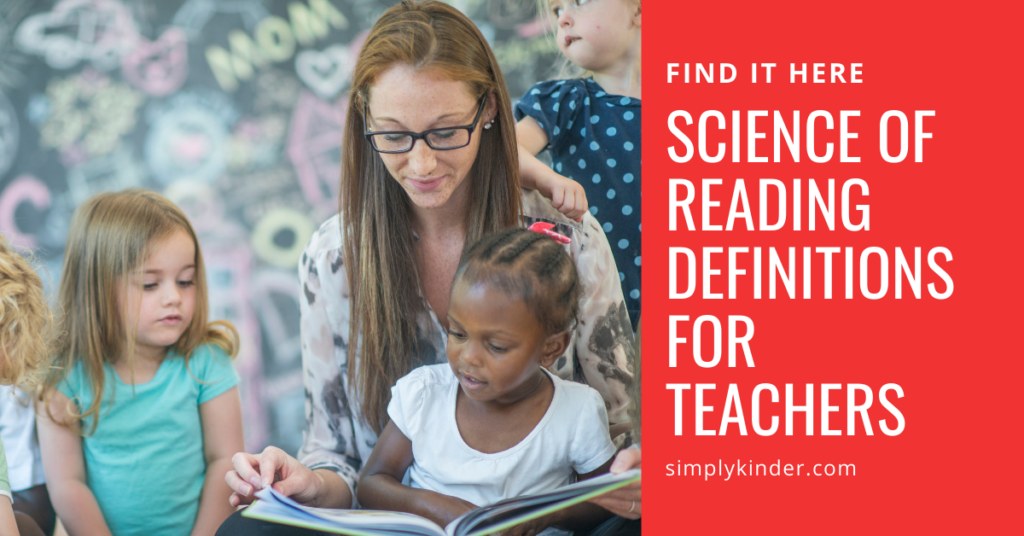
Consonant: A sound that is made when some part of the mouth where the air is constricted by the tongue, teeth, or lips.
Vowel: A sound that is made when the mouth is wide open and air flows out.
Digraph: When two letters represent one sound.
Fluency: Reading with accuracy, appropriate rate, and prosody (expression). The goal of fluency is to read in a natural way.
Vocabulary: The understanding of words and word meanings.
Comprehension: The understanding of the connected text, but it is more accurately the goal of reading.
We found this powerful video showing how the brain learns to read, 3:00 shows brain scans as someone is reading and then next he goes into how reading moves through your brain. It’s fascinating.
Learning to read is complex and we are all working on understanding it better, alongside the scientists studying exactly how this happens.
It’s also important to know some of the terms that come up when you are working with struggling readers.
Working Memory: Your working memory is the part of your processing that you are using as you “work” on things (for lack of a better description).
Executive Functioning: This may come up so it’s important to know what it is. This is a skill that includes your working memory, flexible thinking, and self-control. Students with executive functioning issues may have trouble completing tasks or focusing on the skill you are trying to teach.
Dyslexia: A term for disorders that involve difficulty in learning to read or interpret words, letters, and other symbols. There is research that says 1 in 5 people have dyslexia so these kids are in your class. Dyslexia can be identified as early has the age of 4 and systematic, explicit instruction in skills such as phonemic awareness and phonics can help these kids learn to read just like the rest of the kids in your class.
Auditory Disorders: There is a whole range of auditory disorders that can effect a students ability to read – auditory processing disorder and recessive/expressive language disorders are some examples. Explicit instruction in skills such as phonemic awareness and phonics can help these kids learn to read just like the rest of the kids in your class.
As teachers, we can stay as informed as possible through district professional development, book studies, training, and research on our own.
Do you have a term or definition to add to the list? Leave a comment here or join the conversation inside the Simply Kinder teacher’s Facebook group.
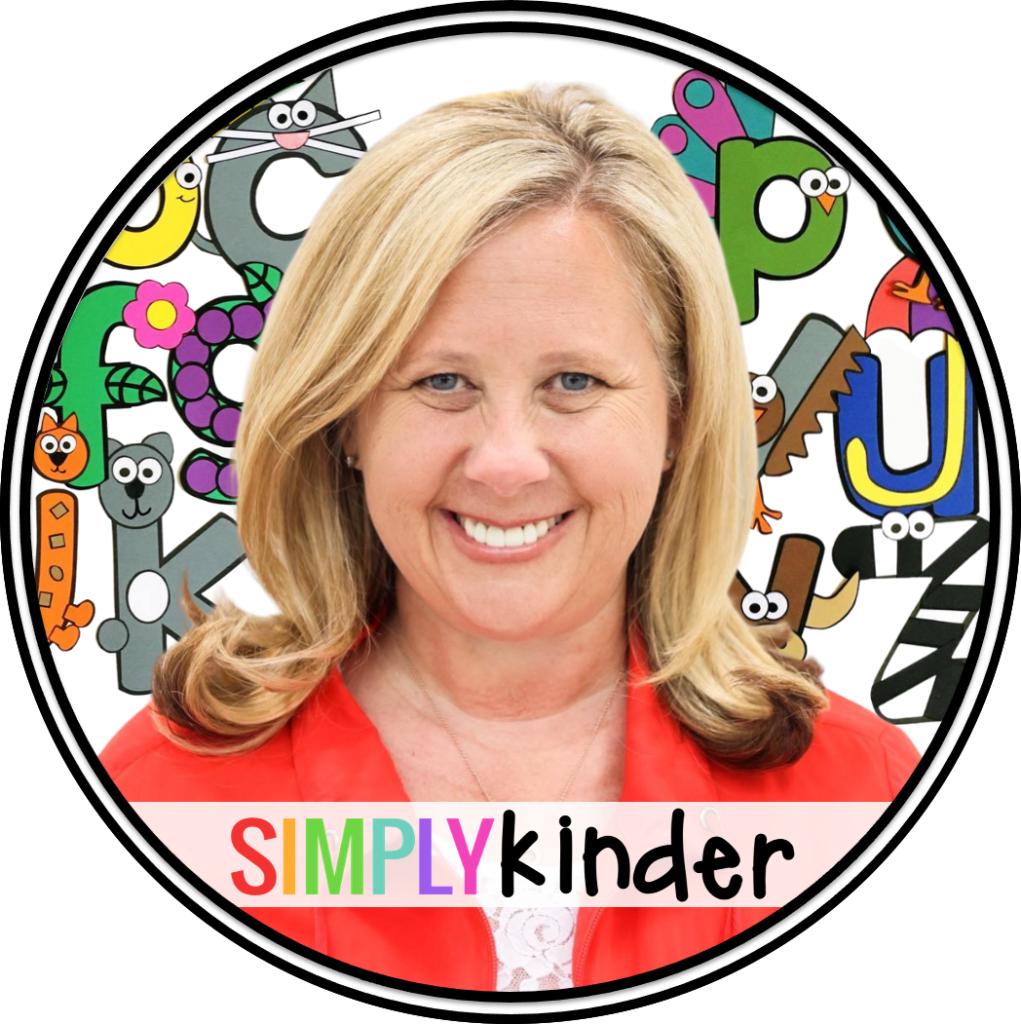
With Unmatched Printables & Engaging Classroom Ideas, Simply Kinder is your TRUSTED TEAMMATE.
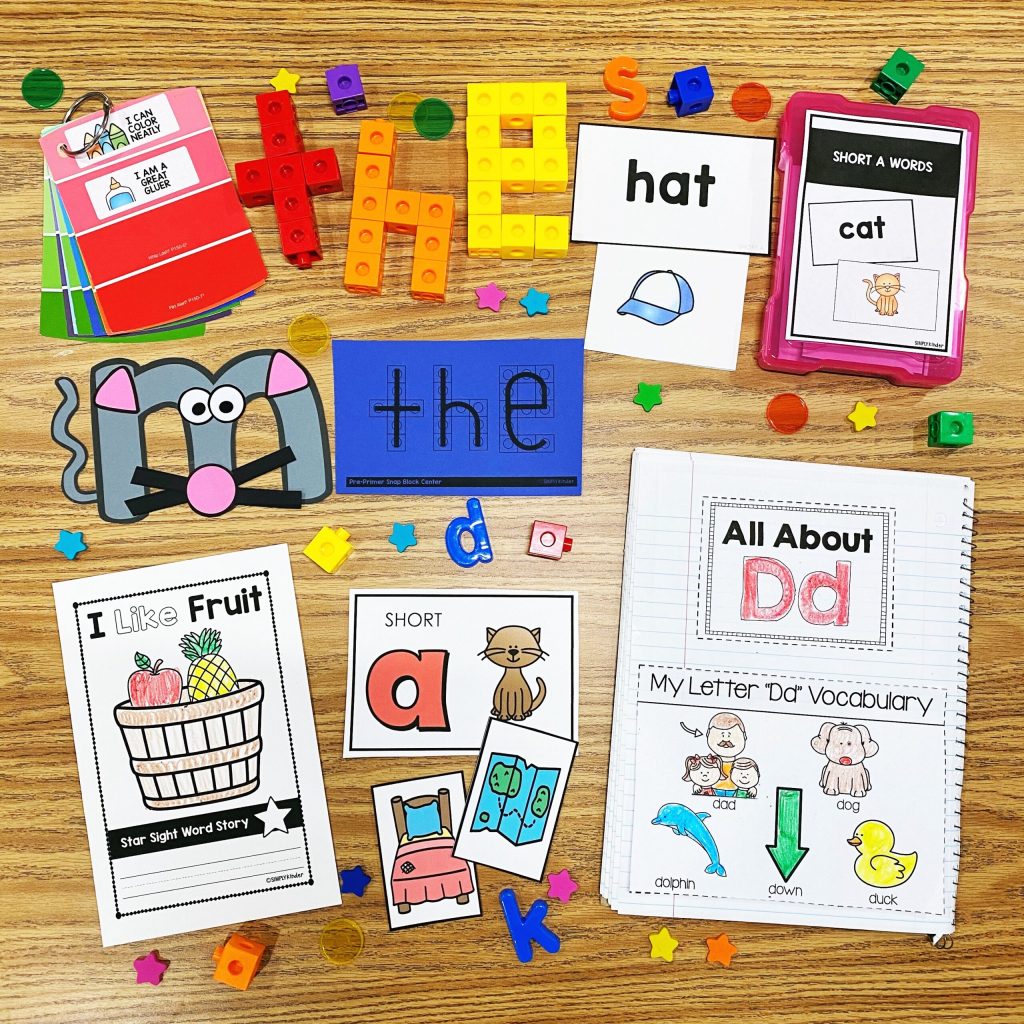
Get our emails loaded with free resources, teaching ideas, and so much more!

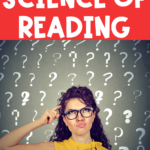
You might also like: